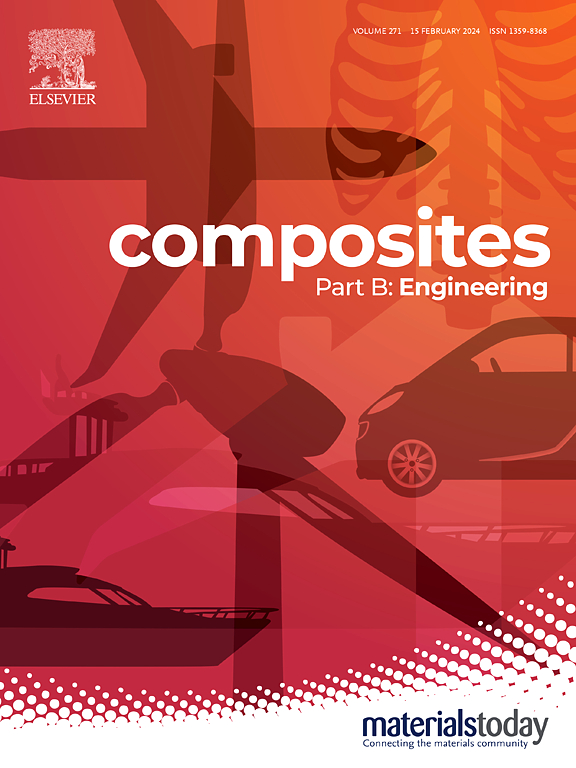Machine learning-assisted prediction of mechanical properties in WC-based composites with multicomponent alloy binders
IF 12.7
1区 材料科学
Q1 ENGINEERING, MULTIDISCIPLINARY
引用次数: 0
Abstract
The development of WC-based composites for harsh environment applications has been impeded by trial-and-error approaches, which are inherently time-consuming and costly. In this study, a machine learning (ML) framework was developed to rapidly predict the hardness and fracture toughness of WC-based composites, focusing on alternatives to conventional Co binder that was susceptible to corrosion in marine environments. Experimental data were collected from published literature and used to train three ML models, i.e., backpropagation neural networks (BPNN), gradient boosting decision tree (GBDT), and support vector regression (SVR). The results showed that the BPNN algorithm demonstrated good predictive performance, achieving R2 values of 0.913 and 0.906 for hardness and fracture toughness, respectively. The predictive accuracy was experimentally validated using samples prepared with binders composed of Co, Ni, Fe, or their alloys. SHAP (SHapley Additive exPlanations) analysis revealed that grain size significantly impacted the hardness model of WC-based composites, and electronegativity was the most influential chemical descriptor affecting the hardness and fracture toughness models. This proposed framework shows the effectiveness of the ML approach for the development of multicomponent alloy binders in WC-based composites, with superior mechanical properties and enhanced applicability in harsh environments.

机器学习辅助预测含多成分合金粘合剂的 WC 基复合材料的机械性能
本文章由计算机程序翻译,如有差异,请以英文原文为准。
求助全文
约1分钟内获得全文
求助全文
来源期刊

Composites Part B: Engineering
工程技术-材料科学:复合
CiteScore
24.40
自引率
11.50%
发文量
784
审稿时长
21 days
期刊介绍:
Composites Part B: Engineering is a journal that publishes impactful research of high quality on composite materials. This research is supported by fundamental mechanics and materials science and engineering approaches. The targeted research can cover a wide range of length scales, ranging from nano to micro and meso, and even to the full product and structure level. The journal specifically focuses on engineering applications that involve high performance composites. These applications can range from low volume and high cost to high volume and low cost composite development.
The main goal of the journal is to provide a platform for the prompt publication of original and high quality research. The emphasis is on design, development, modeling, validation, and manufacturing of engineering details and concepts. The journal welcomes both basic research papers and proposals for review articles. Authors are encouraged to address challenges across various application areas. These areas include, but are not limited to, aerospace, automotive, and other surface transportation. The journal also covers energy-related applications, with a focus on renewable energy. Other application areas include infrastructure, off-shore and maritime projects, health care technology, and recreational products.
 求助内容:
求助内容: 应助结果提醒方式:
应助结果提醒方式:


